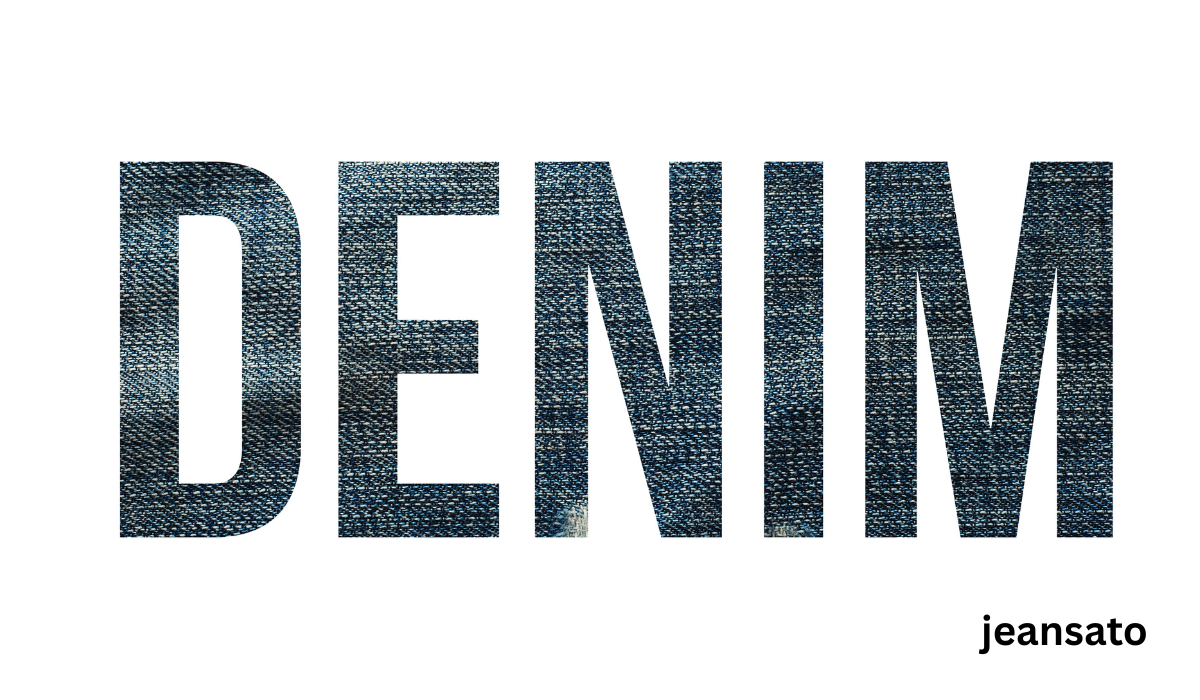Origins: A Fabric Born of Necessity
Denim’s roots trace back to 16th-century Europe. The term “denim” derives from serge de Nîmes, a sturdy twill fabric produced in Nîmes, France, while “jean” refers to a similar cotton blend from Genoa, Italy, used by sailors. The fabric’s defining indigo dye, sourced, became integral for its stain-hiding practicality and vibrant hue. By the 19th century, denim’s durability caught the attention of American laborers, setting the stage for its iconic transformation.
How to Repair Ripped Jeans: A Step-by-Step Tutorial (Embrace the Imperfections!)
The Birth of Blue Jeans: Levi Strauss & the Gold Rush
German immigrant Levi Strauss arrived in San Francisco, selling dry goods to miners during the California Gold Rush. Partnering with tailor Jacob Davis, they patented riveted denim trousers, reinforcing stress points with copper rivets to withstand grueling labor. Marketed as “waist overalls,” these early Levi’s jeans became synonymous with the American West, worn by cowboys, railroad workers, and farmers.
Learn how denim evolved from rugged workwear to a global fashion phenomenon
From Workwear to Cultural Symbol
Hollywood’s Golden Age
Denim’s rugged image was glamorized by Hollywood Westerns starring John Wayne and Gary Cooper, while actresses like Marilyn Monroe and Katherine Hepburn made jeans a symbol of bold femininity. American soldiers introduced denim overseas, spreading its appeal globally.
Rebellion & Counterculture
Denim became a badge of youth rebellion. James Dean in Rebel Without a Cause and Marlon Brando in The Wild One epitomized the “bad boy” aesthetic, leading schools to ban jeans as “anti-establishment.” Hippies embraced denim as a canvas for self-expression, customizing jeans with patches and embroidery, while bell-bottoms became a counterculture staple.
Designer Denim & Mainstream Fashion
Denim took a luxury turn. Calvin Klein’s provocative ads and brands like Gloria Vanderbilt elevated jeans into high fashion, while trends like acid wash and ripped styles dominated. Grunge and hip-hop influences brought baggy jeans, overalls, and “mom jeans” into style, reflecting shifting subcultures.
21st Century: Sustainability & Inclusivity
Modern denim balances style with eco-consciousness. Brands now prioritize organic cotton, recycled materials, and water-efficient dyeing techniques to address environmental concerns. Stretch denim and diverse fits—skinny, wide-leg, and gender-neutral designs—cater to all body types, emphasizing inclusivity. Meanwhile, high-fashion houses like Gucci and Balenciaga reimagine denim on runways, proving its timeless versatility.
Why Denim Endures
Denim’s success lies in its adaptability. It has symbolized rebellion, solidarity (e.g., in civil rights protests), and casual comfort, transcending age, class, and geography. Its imperfections—fading, fraying—add character, making each piece uniquely personal. As sustainability reshapes fashion, denim continues to innovate, ensuring its place in wardrobes for generations.

